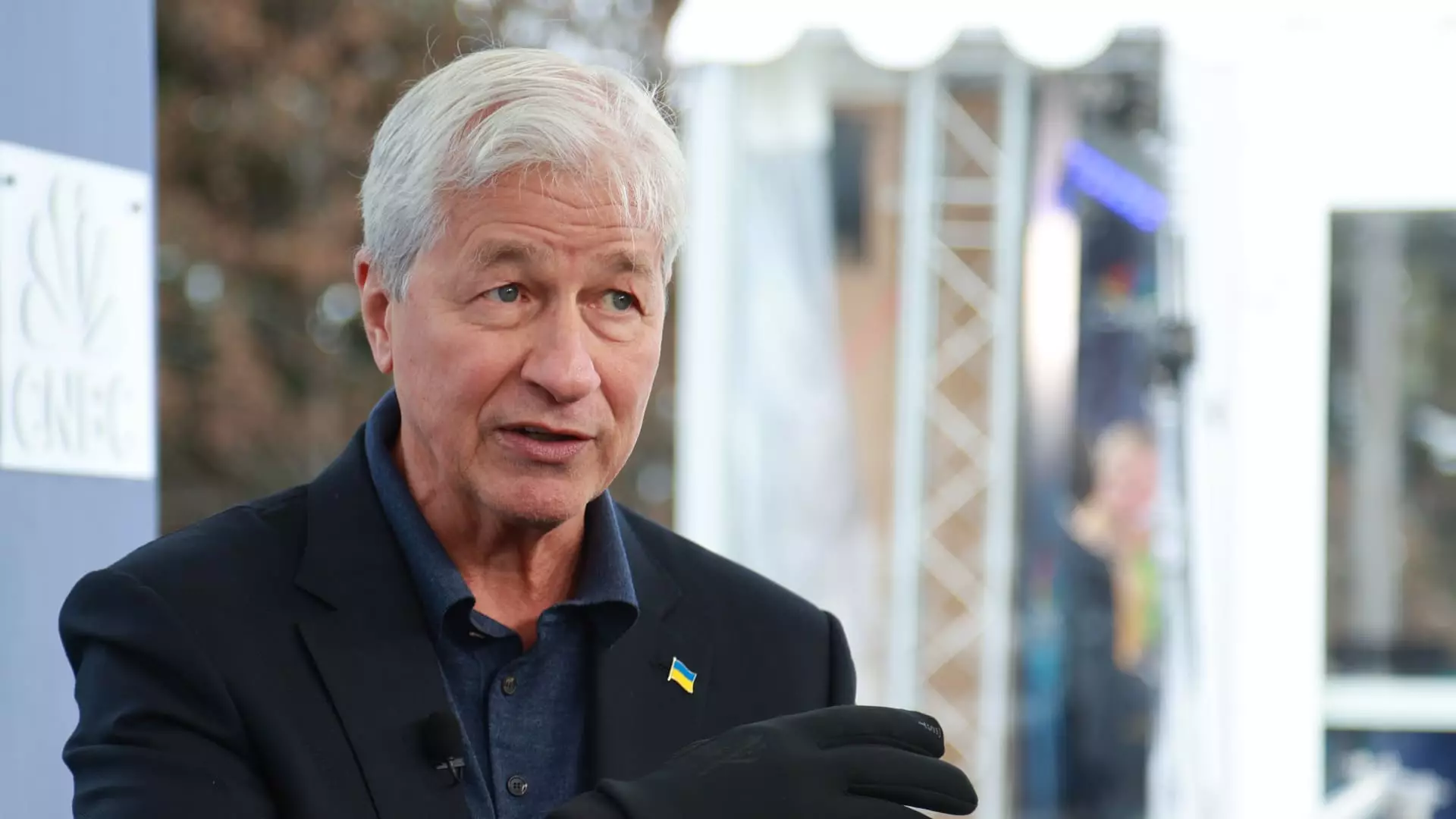In a recent statement regarding JPMorgan Chase’s second-quarter results, CEO Jamie Dimon issued a stark warning about the looming threat of inflation. Despite some recent signs of easing in price pressures, Dimon highlighted the persistent inflationary forces that continue to plague the economy. He pointed to factors such as large fiscal deficits, infrastructure needs, trade restructuring, and global remilitarization as ongoing risks that could keep inflation and interest rates higher than expected.
While Dimon’s cautionary words may seem at odds with recent data showing a slight dip in the monthly inflation rate, it’s essential to consider the broader economic context. June saw the consumer price index decrease by 0.1%, marking the first decline in over four years. This shift brought the 12-month inflation rate to around 3%, its lowest level in more than three years. Despite these encouraging trends, Dimon’s concerns about long-term inflation pressures remain valid.
The debate over inflation and interest rates has been further complicated by the actions of the Federal Reserve. Chairman Jerome Powell recently hinted at the possibility of rate cuts in response to inflation progress. Powell expressed concerns that maintaining high interest rates could stifle economic growth, suggesting that rate reductions might be necessary. This potential shift in monetary policy reflects the delicate balance that policymakers must strike to foster economic stability.
Dimon’s warning extended beyond inflation to address the larger issue of mounting debt and deficits in the United States. The federal government’s deficit spending has reached staggering levels, with a shortfall of $855 billion in the 2024 fiscal year and $1.7 trillion in fiscal 2023. These figures underscore the challenges facing policymakers as they navigate the complex interplay between fiscal policy, inflation, and economic growth.
Jamie Dimon’s cautionary words serve as a timely reminder of the persistent risks posed by inflation and mounting debt. As the economy navigates uncertain waters, policymakers and market participants must remain vigilant in monitoring these evolving challenges. By heeding Dimon’s warning and maintaining a proactive stance on economic policy, the United States can chart a course towards sustainable growth and stability.

